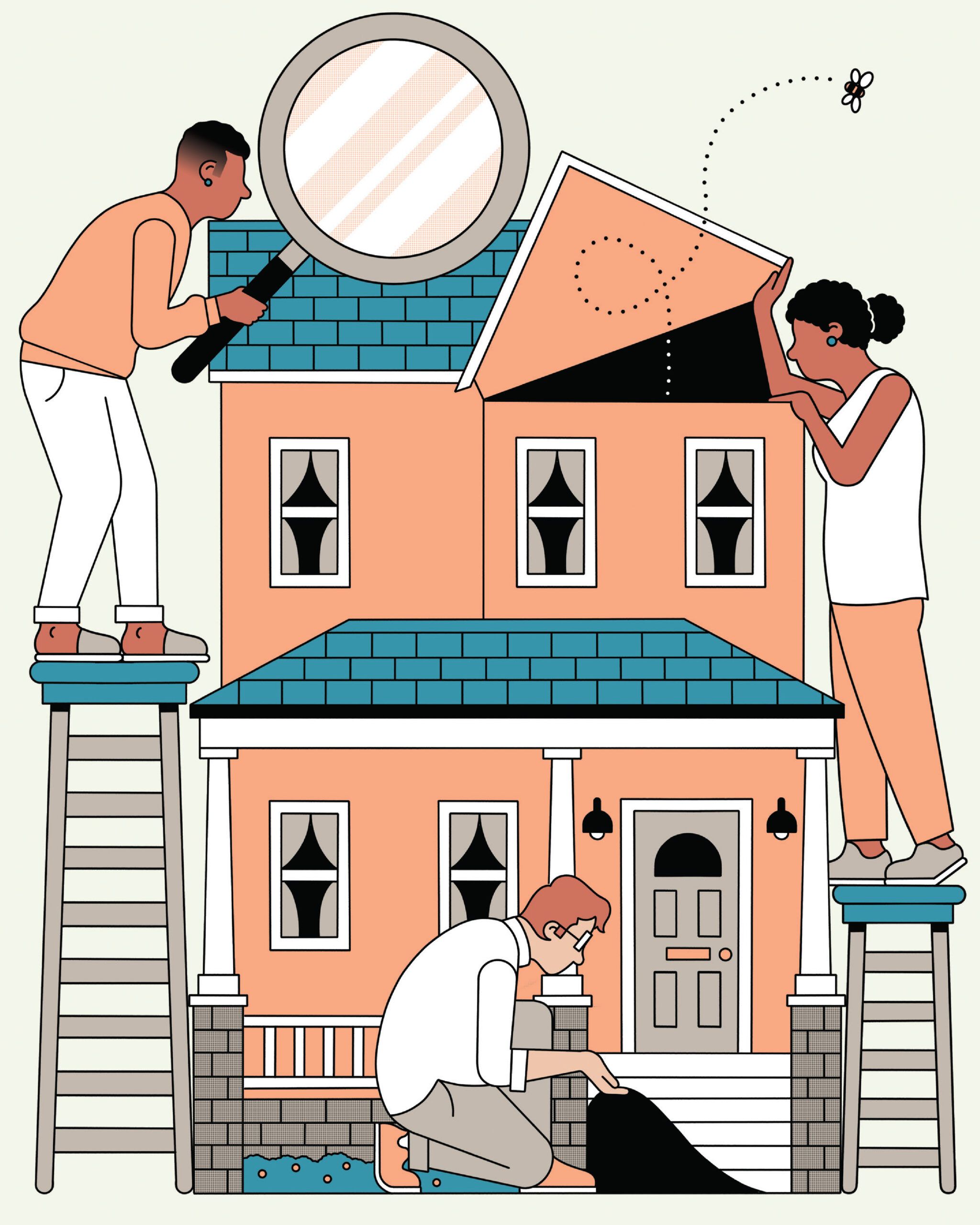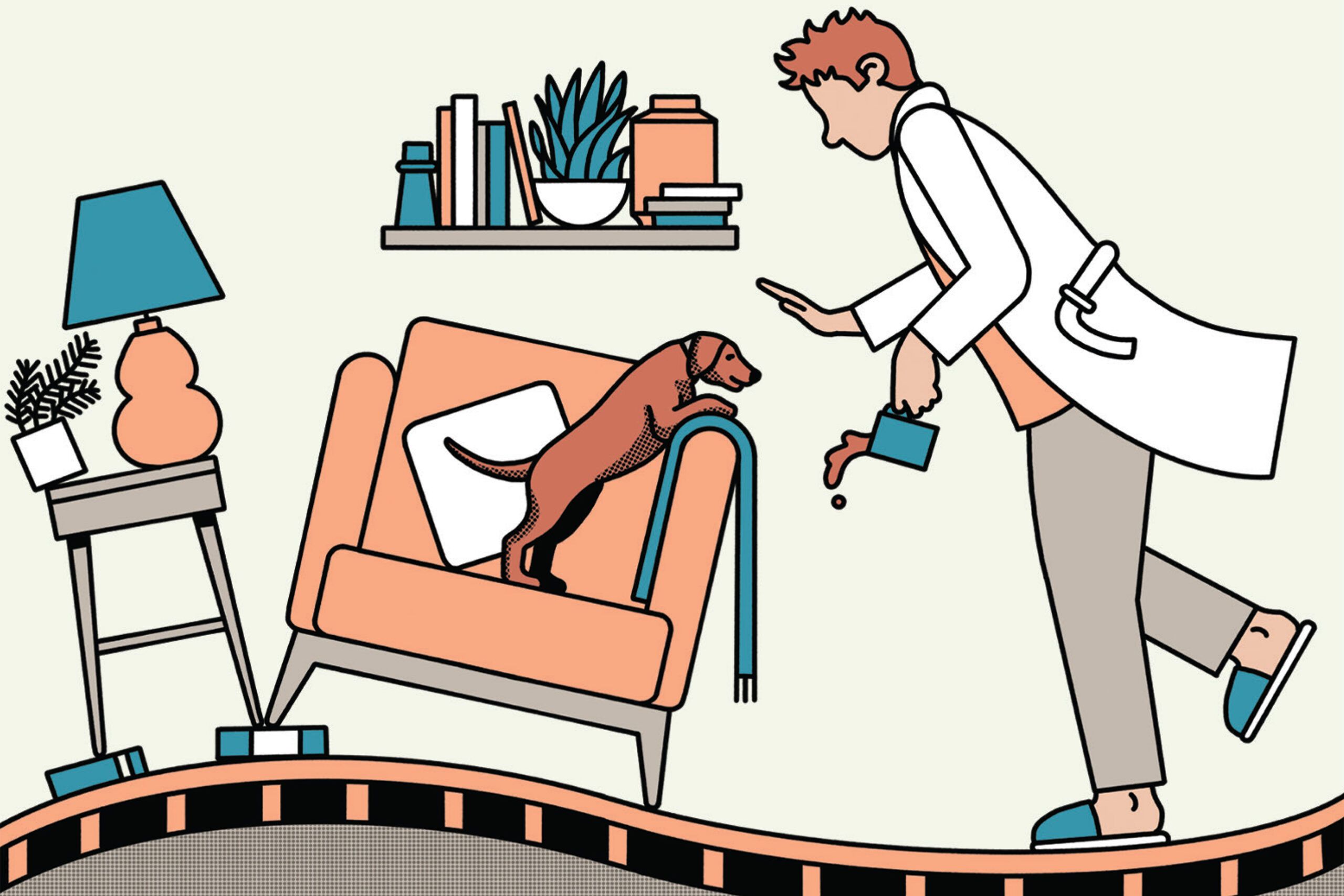There’s a good chance you’re already in that close- to-my-heart group of folks who have a soft spot for old houses. I spent 17 years producing This Old House and got to know a lot of such people, as well as the structures they love. Nowadays, I help folks buy and sell homes in a part of the country where the average age of a house is almost 60 years, and we have plenty of clients—perhaps like you—willing, able, and mostly enthusiastic about buying one. We old house fans embrace the fact that we’re only stewards, living in a place that has held many lives before us and—if we are responsible owners—will hold many more long after we’re gone.
While there are plenty of brand-new McMansions and condo complexes that don’t need anything more than the turn of a key to occupy, old-house people are looking for the ineffable soul that comes with age. When I say “age,” let’s think from the 1920s backward. Of course, the years it took to form a building’s soul also bring wear and tear and all sorts of changes that make taking on an old house more complicated than just turning the key. So here are some things to keep in mind when you’re out shopping.
First, relax a little. Most houses that are still standing after many years do so because they were built well. Good craftsmanship and tight-grained, old-growth wood go a long way toward providing longevity. The slapped-together, never-made-for-the-age buildings have, for the most part, fallen by the wayside. Your job is to make sure you’re not buying one that’s next in that line. Get good help—work with an agent who knows historical houses, hire a home inspector who specializes in them, and pay an experienced contractor to take a look—but also learn to trust your own senses.
Problems to Look Out for When Buying Old Homes

Foundational issues
That Italian tower aside, buildings that lean a lot aren’t a great attraction. Happily, we humans are very attuned to knowing when something’s “off ,” so take in the house as you approach it. Look at the roofline—is it straight or sway-backed? How about the exterior walls—dead plumb or no? Sarah Lawson, president of S+H Construction in Belmont, MA, calls this “checking for squidginess,” which she explains as follows: “You’re going to notice bowed lines, tilting surfaces, maybe subconsciously at first, but pay attention to them.” Enter a room and you’ll be surprised what the bottom of your feet can pick up in terms of the floor rolling and pitching. And if you don’t believe your feet, bring a tennis ball or marble as backup!
Still, almost every old house is a bit out of square, so don’t run if you sense a tilt here and there—it might just be the topography of age. Oftentimes buildings settle during their first few years, especially on foundations made of something less monolithic than poured concrete. But a little settling is not what catches the attention of home inspector Alex Steinberg, owner of JBS Home Inspections Inc. in Cambridge, MA, who’s been crawling through old houses for more than 20 years.
“A lot of foundations around here are stone topped by brick, with the transition happening at grade level, which acts as kind of a hinge point. Water gets in there, freezes, and thaws, and the brick section can ‘walk out’ from the building. The floor joists inside then get left hanging or barely holding on to the sill,” he says, “and that’s not an easy thing to fix.”
Moisture management
As TOH general contractor Tom Silva always says, “Water kills houses,” so look for how well it’s been handled and kept out over the years. Check the gutters and downspouts—are they intact, and do they carry rain well away from the foundation? Are there stains or peel- ing paint on the siding from constant exterior dripping or wall infiltration? Have foundation plantings grown so thick that the building can never dry out? Then, of course, there’s the roof. Any evidence of ceiling damage inside?
Some of these conditions can be reversed and surfaces repaired, but they can also lead to structural problems, and those are the kinds of things that worry Steinberg. “We always look hard below dormers and at roof valleys, because they concentrate rain and funnel it so that it overwhelms gutters,” he says. “That overflow can damage siding and trim, yes, but it’s when we push against those surfaces and they give that we have to talk about ‘potential for concealed damage’ in the framing underneath. Assessing and repairing that can get very expensive.”
Don’t forget to bring your nose to the basement. Excessive moisture also leads to odors kicked off by mold, mildew, and other living things. Hand-laid, pre-poured-concrete foundations inevitably allow some water to get in—find out how it’s being addressed. There are lots of solutions, depending on the nature and intensity of the water infiltration. Would a sump pump be in order? A commercial- grade dehumidifier? An exterior or interior French drain? Repointing? Any one of a number of water-resistant coatings?Ask your expert which approach might be best, and get a sense of price..
Potential upgrades
Unfortunately, in today’s hot housing market most older homes don’t have big discounts for needed improvements built into their price tags—just having a doorknob and sitting on a piece of dirt makes them competitive with newer properties. Repairs and improvements will be on top of the purchase price, and likely coming from your wallet rather than a mortgage.
As you tour, think about what really needs to be done and what can wait, and what should be skipped altogether. Low-cost, high-yield improvements include air sealing and attic insulation. Antiquated wiring, plumbing, and heating (never mind nonexistent cooling) are important to address, and not inexpensive. But where pricey projects are concerned, here are three whose price often doesn’t justify their result.
- Removing or reconfiguring a staircase to improve the floor plan. It’s expensive work and has a way of leading to more and more surfaces needing to be redone.
- Converting the basement into living space. This is also expensive, and the final product is often darker, damper, and less “livable” than anticipated. Further, climate change is bringing more flooding and, in many areas, rising water tables, so think long and hard here.
- Replacing windows. If the house has original wood windows, consider repairing or restoring them and adding modern storm units. Not only will you preserve the essential aesthetic they give the house, but study after study shows that there is simply no economic argument for insulating-glass replacements based on improved energy efficiency compared with well-tuned, single-strength windows with good storms.
The good news is that we know a lot about how old houses age—they’ve been around a long time, with smart pros trained in how to attend to them, devoted to their care and feeding. The joys and challenges of stewardship await—just keep your eyes open.

